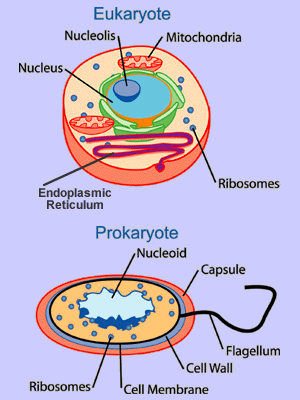This simple cartoon shows general similarities and differences between eukaryote and prokaryote cells.
Click on image for full size
Image courtesy of Windows to the Universe
Cells: The Building Blocks of Life!
The Cell Theory states that all living things are made of cells, which are the basic units of life, and that cells come from other cells.
Prokaryotic cells have no nucleus or organelles enclosed within membranes. Species in the domains Archaea and Eubacteria have prokaryotic cells.
Eukaryotic cells have a nucleus and organelles that are surrounded by membranes. Each organelle does a specific cell function. All species in the Eukaryota domain (protists, fungi, plants, and animals) have eukaryotic cells. Individual protists have only one cell, while plants and animals can have trillions of cells. Complex creatures like humans have special cells for special functions like carrying oxygen around the body, digesting food, or making bone.
You might also be interested in:

Eubacteria, also know as “true bacteria”, are microscopic prokaryotic cells. Cyanobacteria, also called blue-green algae, are Eubacteria that have been living on our planet for over 3 billion years. Blue-green
...more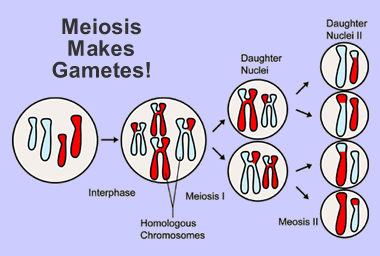
Plants, animals and many other species within the domain Eukaryota are able to make offspring, or young, by sexual reproduction. Their offspring are made from gametes. Gametes are special cells that have
...more
Scientists use the word theory differently than nonscientists. "It’s just a theory," you hear people say. When speaking casually, people often use the word "theory" to mean a "guess" or a "feeling". In
...more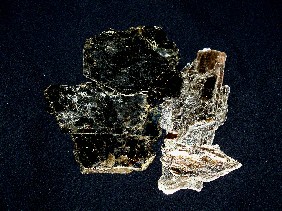
Earth's first life form may have developed between the layers of a chunk of mica sitting like a multilayered sandwich in primordial waters, according to a new hypothesis. The mica hypothesis, which was
...more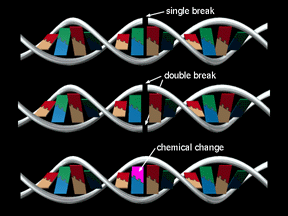
Whether or not a cell can repair itself after being damaged by radiation depends on the type of damage to the cell's DNA. Type of Damage Prospects for DNA Repair Single strand break in the DNA Can usually
...more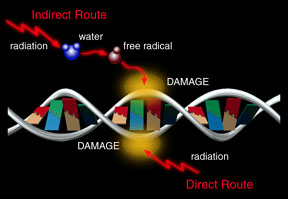
High frequency radiation or fast moving particles plow into a living cell with enough energy to knock electrons free from molecules that make up the cell. These molecules with missing electrons are called
...more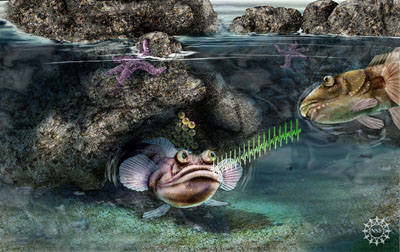
We used to think that only cartoon animated fish could talk. But now scientists have found that fish really do talk. It may not be the same sort of language that people use, but fish are able to hum and
...more


